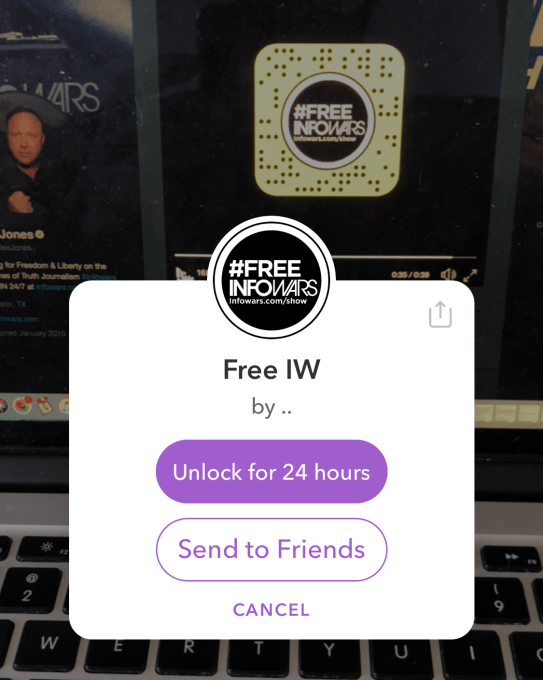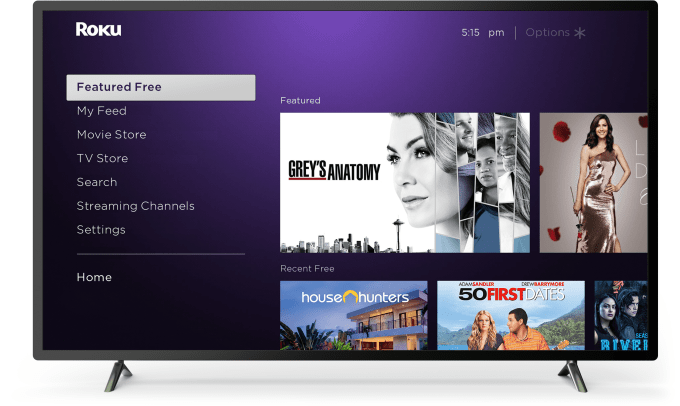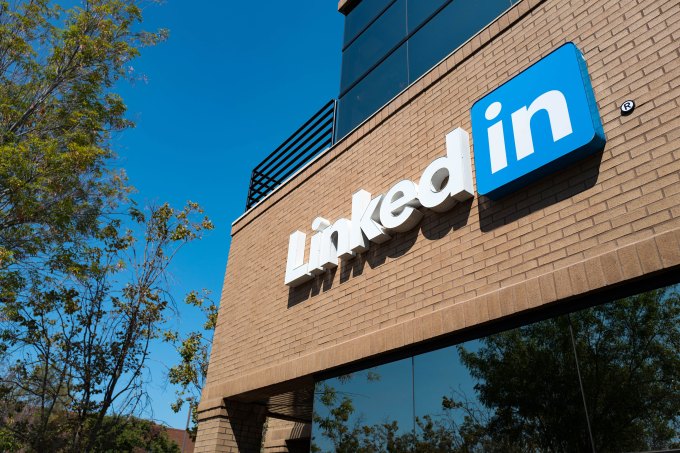An Oxford University study of remote gig economy work conducted on digital platforms has highlighted poor quality working conditions with implications for employees’ well-being.
The research comes at a time when political scrutiny is increasingly falling on algorithmically controlled platforms and their societal impacts. Policymakers are also paying greater attention to the precarious reality for workers on platforms which advertise their gig marketplaces to new recruits with shiny claims of ‘flexibility’ and ‘autonomy’.
Governments in some regions are also actively reassessing employment law to take account of technology-fueled shifts to work and working patterns. Earlier this year, for instance, the UK government announced a package of labor market reforms — and committed to being responsible for quality of work, not just quantity of jobs, for the first time.
The Oxford University study, entitled Good Gig, Bad Big: Autonomy and Algorithmic Control in the Global Gig Economy, looks at remote gig economy work, such as tasks like research, translation and programming carried out via platforms such as Freelancer.com and Fiverr (rather than gig economy platforms such as food delivery platforms, where workers must be in local proximity to the work — albeit, those platforms have their own workforce exploitation critiques).
The researchers note that an estimated 70 million workers worldwide are registered on remote work platforms. Their study methodology involved carrying out face-to-face interviews with just over 100 workers in South East Asia and Sub-Saharan Africa who had been active on one of two unnamed “leading platforms” for at least six months.
They also undertook a remote survey of just over 650 additional gig platform workers, from the same regions, to supplement the interview findings. Participants for the survey portion were recruited via online job ads on the platforms themselves, and had to have completed work through one of the two platforms within the past two months, and to have worked in at least five projects or for five hours in total.
Free to get the job done
The study paints a mixed picture, with — on the one hand — gig workers reporting feeling they can remotely access stimulating and challenging work, and experiencing perceived autonomy and discretion over how they get a job done: A large majority (72%) of respondents said they felt able to choose and change the order in which they undertook online tasks, and 74% said they were able to choose or change their methods of work.
At the same time — and here the negatives pile in — workers on the platforms lack collective bargaining so are simultaneously experiencing a hothouse of competitive marketplace and algorithmic management pressure, combined with feelings of social isolation (with most working from home), and the risk of overwork and exhaustion as a result of a lack of regulations and support systems, as well as their own economic needs to get tasks done to earn money.
“Our findings demonstrate evidence that the autonomy of working in the gig economy often comes at the price of long, irregular and anti-social hours, which can lead to sleep deprivation and exhaustion,” said Dr Alex Wood, co-author of the paper, commenting in a statement. “While gig work takes place around the world, employers tend to be from the U.K. and other high-income Western countries, exacerbating the problem for workers in lower-income countries who have to compensate for time differences.
“The competitive nature of online labour platforms leads to high-intensity work, requiring workers to complete as many gigs as possible as quickly as they can and meet the demands of multiple clients no matter how unreasonable.”
The survey results backed the researchers’ interview findings of an oversupply of labour, with 54% of respondents reporting there was not enough work available and just a fifth (20%) disagreeing.
The study also highlights the fearsome power of platforms’ rating and reputation systems as a means of algorithmically controlling remote workers — via the economic threat of loss of future work.
The researchers write:
A far more effective means of control [than non-proximate monitoring mechanisms such as screen monitoring software, which platforms also deployed] was the ‘algorithmic management’ enabled by platform-based rating and reputation systems (Lee et al., 2015; Rosenblat and Stark, 2016). Workers were rated by their clients following the completion of tasks. Workers with the best scores and the most experience tended to receive more work due to clients’ preferences and the platforms’ algorithmic ranking of workers within search results.
This form of control was very effective, as informants stressed the importance of maintaining a high average rating and good accuracy scores. Whereas Uber’s algorithmic management ‘deactivates’ (dismisses) workers with ratings deemed low (Rosenblat and Stark, 2016), online labour platforms, instead, use algorithms to filter work away from those with low ratings, thus making continuing on the platform a less viable means of making a living.
As a result of how platforms are organized, remote gig workers reported that the work could be highly intense, with a majority (54%) of survey respondents saying they had to work at very high speed; 60% working to tight deadlines; and more than a fifth (22%) experiencing pain as a result of their work.
“This is particularly felt by low-skilled workers, who must complete a very high number of gigs in order to make a decent living,” added professor Mark Graham, co-author, in another supporting statement. “As there is an oversupply of low-skill workers and no collective bargaining power, pay remains low. Completing as many jobs as possible is the only way to make a decent living.”
The study also highlights the contradictions inherent in the gig economy’s ‘flexible working’ narrative — with the researchers noting that while algorithms do not formally control where workers work, in reality remote platform workers may have “little real choice but to work from home, and this can lead to a lack of social contact and feelings of social isolation”.
Gig platform workers also run up against the rigid requirements of demanding clients and deadlines in order to get paid for their work — meaning there’s a whip being cracked over them after all. The study found most workers had to work “intense unsocial and irregular hours in order to meet client demand”.
“The autonomy resulting from algorithmic control can lead to overwork, sleep deprivation and exhaustion as a consequence of the weak structural power of workers vis-a-vis clients,” they write. “This weak structural power is an outcome of platform-based rating and ranking systems enabling a form of control which is able to overcome the spatial and temporal barriers that non-proximity places on the effectiveness of direct labour process surveillance and supervision. Online labour platforms thus facilitate clients in connecting with a largely unregulated global oversupply of labour.”
Workers that gained the most in this environment were good at mastering skills independently and navigating platforms’ reputation systems so they could keep winning more work — albeit essentially at other workers’ expense, on account of how the platforms’ algorithms funnel more work towards the best rated (meaning there’s less for the rest).
The study concludes that platform reputations have a ‘symbolic power’ — as “an emerging form of marketplace bargaining power” — and “as a consequence of the algorithmic control inherent to online labour platforms.”
The workers who lacked the individual resources of skills and reputation suffered from low incomes and insecurity.
“Our findings are consistent with remote workers’ experiences across many national contexts,’ added Graham. “Hopefully, this research will shed light on potential pitfalls for remote gig workers and help policymakers understand what working in the online gig economy really looks like. While there are benefits to workers such as autonomy and flexibility, there are also serious areas of concern, especially for lower-skill workers.”



 Follow us on Snapchat: infowarslive
Follow us on Snapchat: infowarslive  Screenshot the snapcode at the end of the video to get it today!
Screenshot the snapcode at the end of the video to get it today! 















